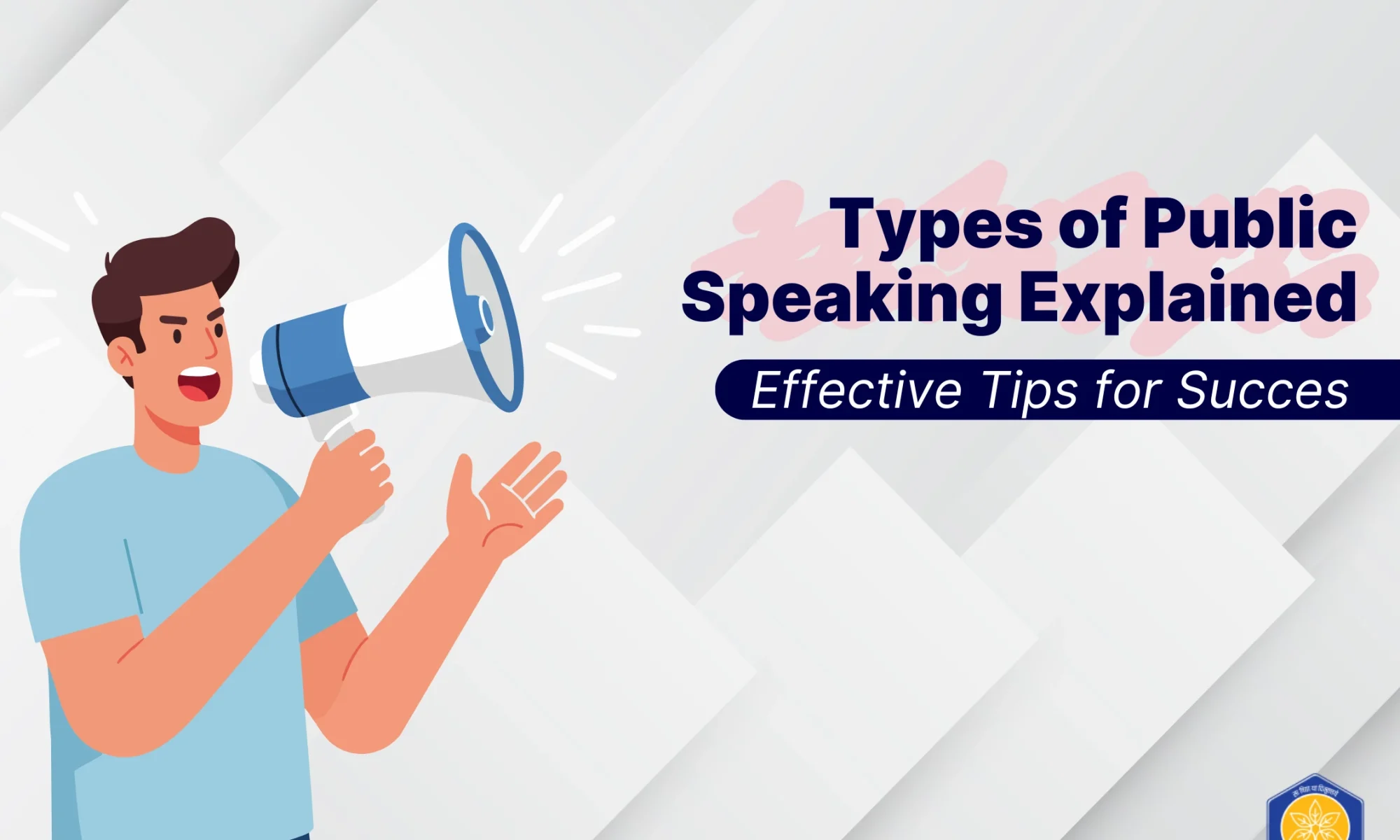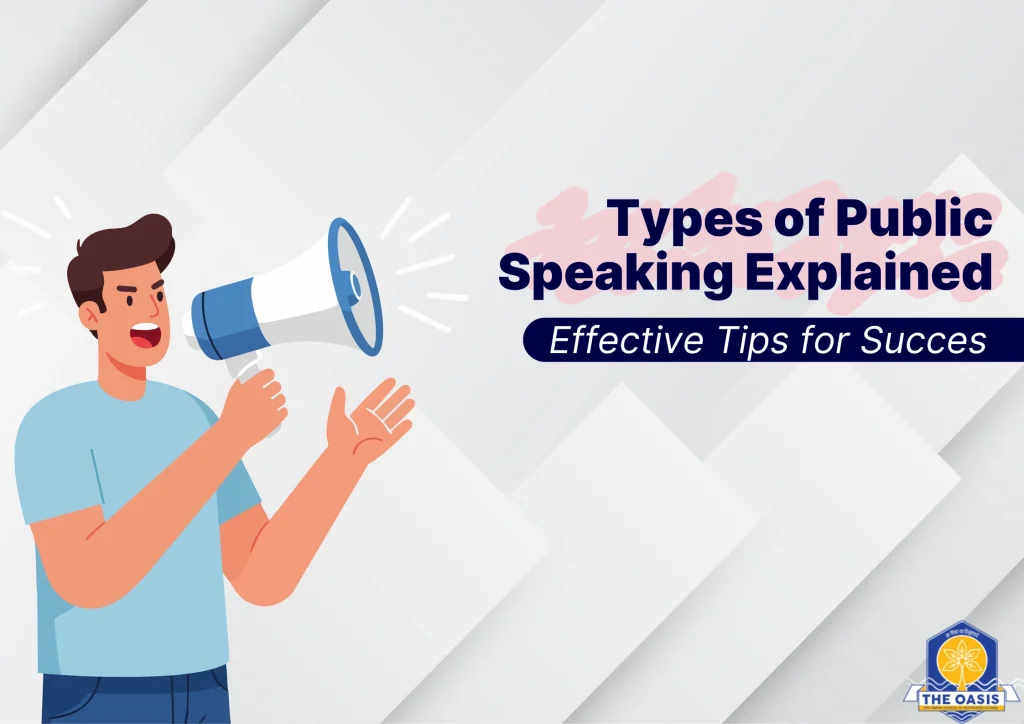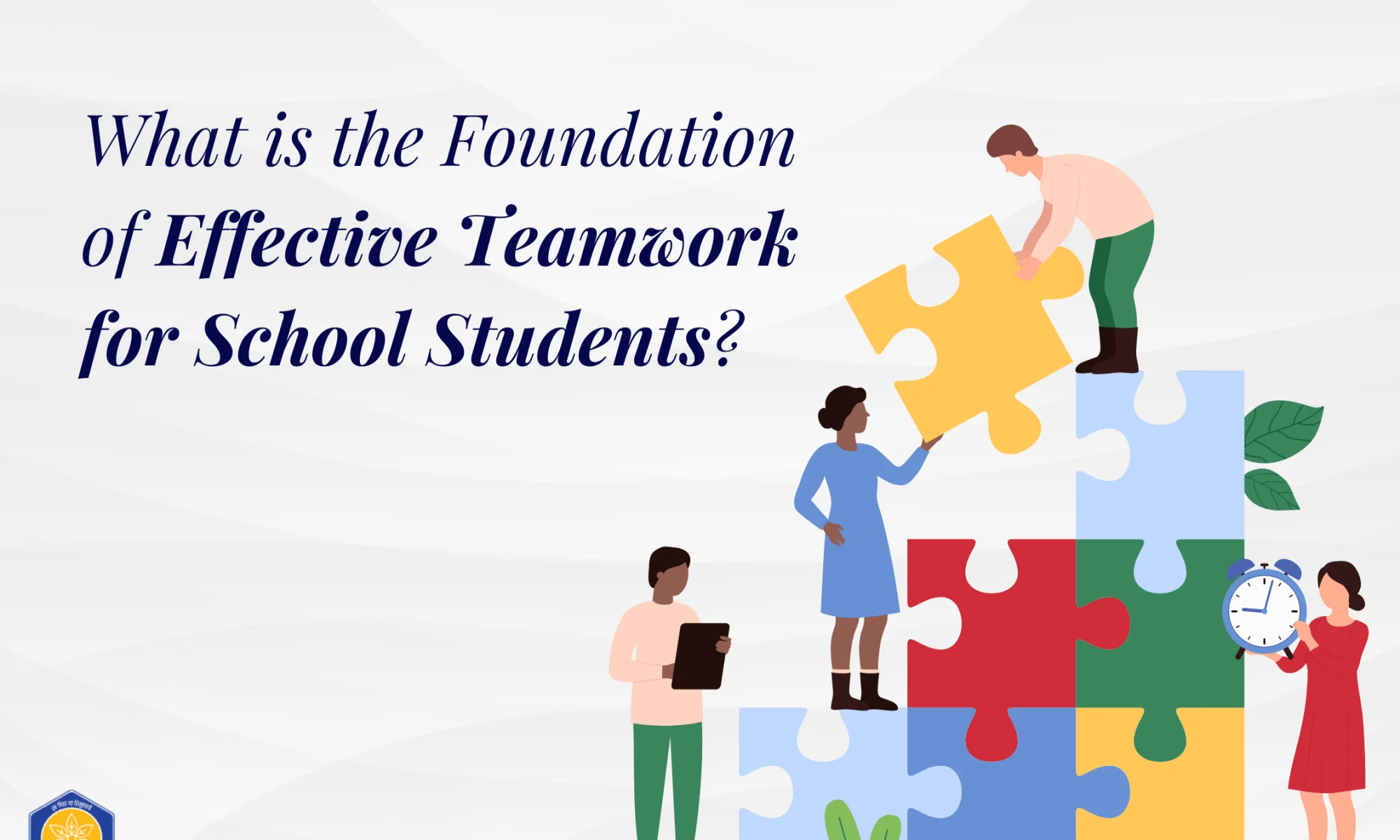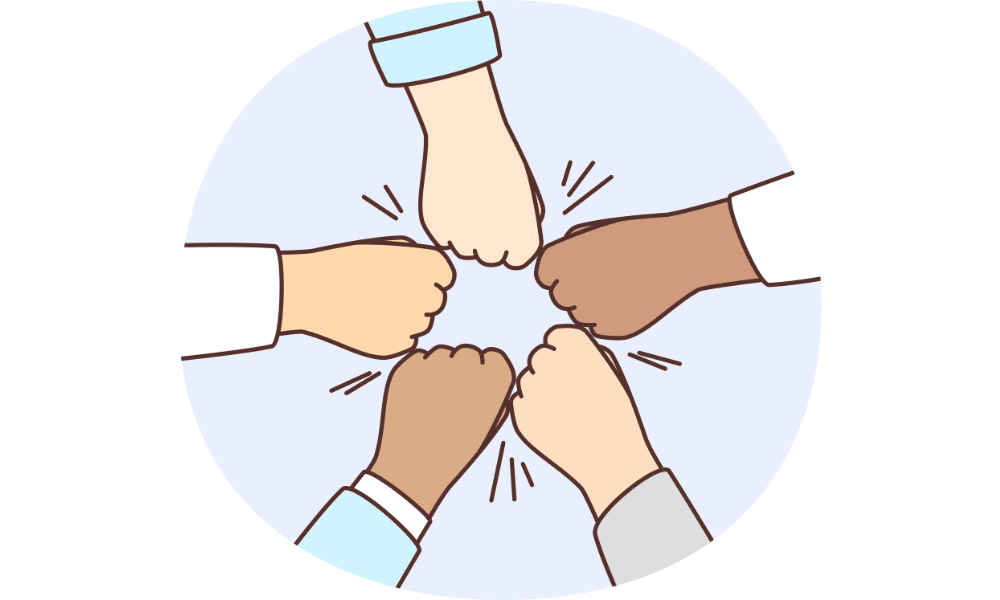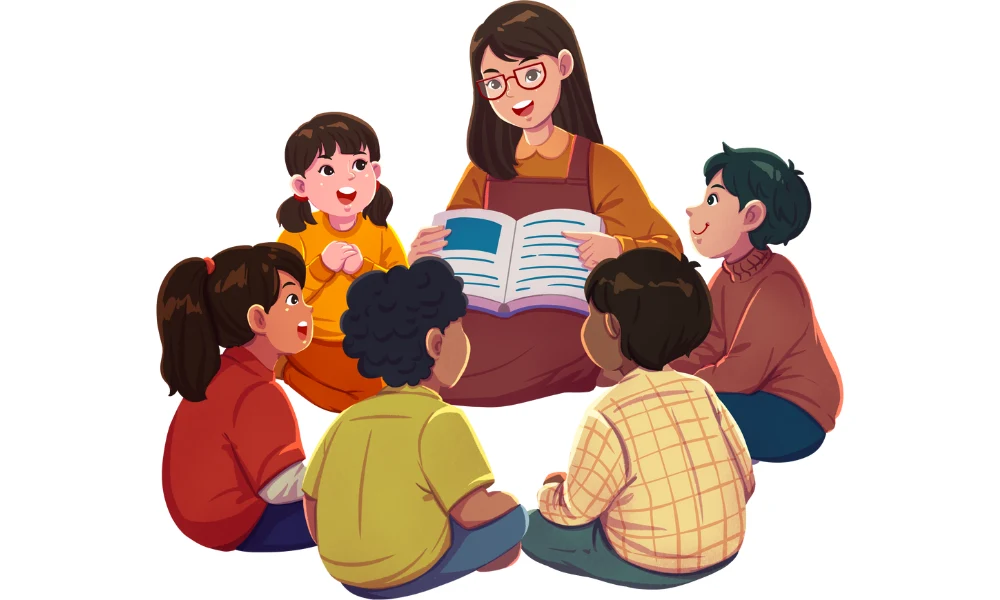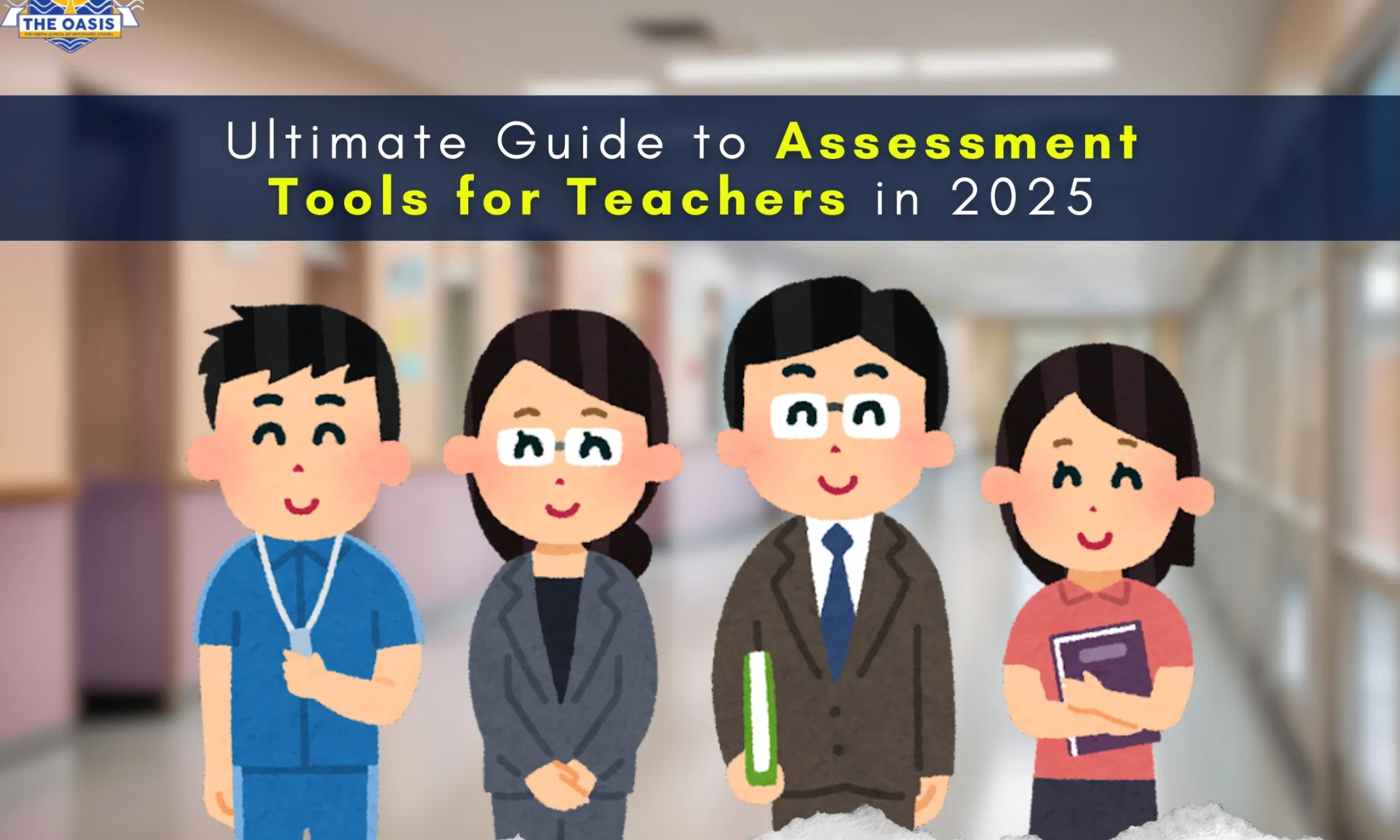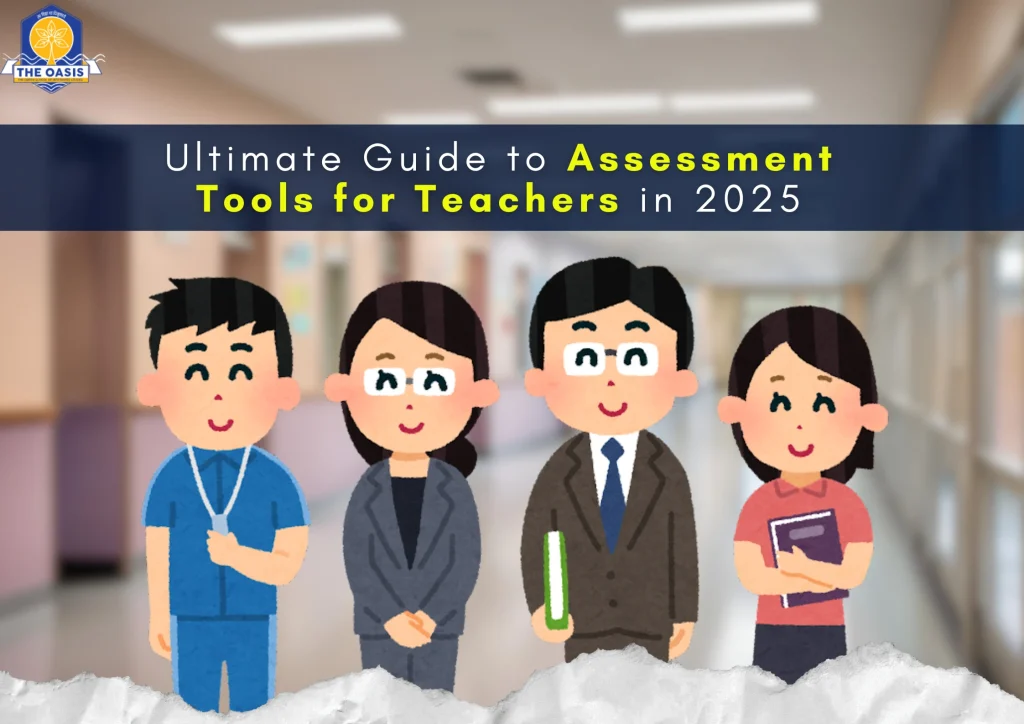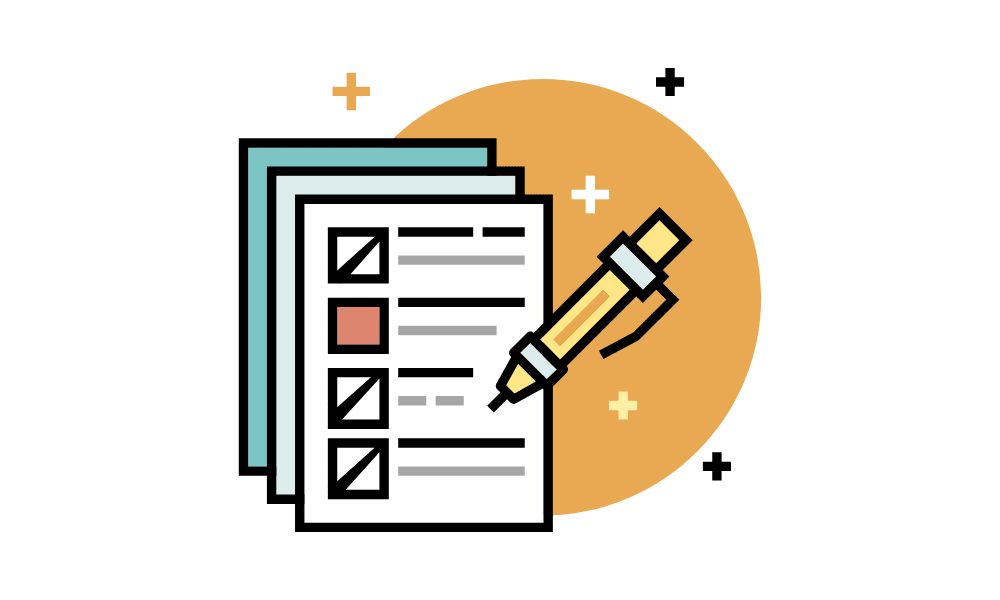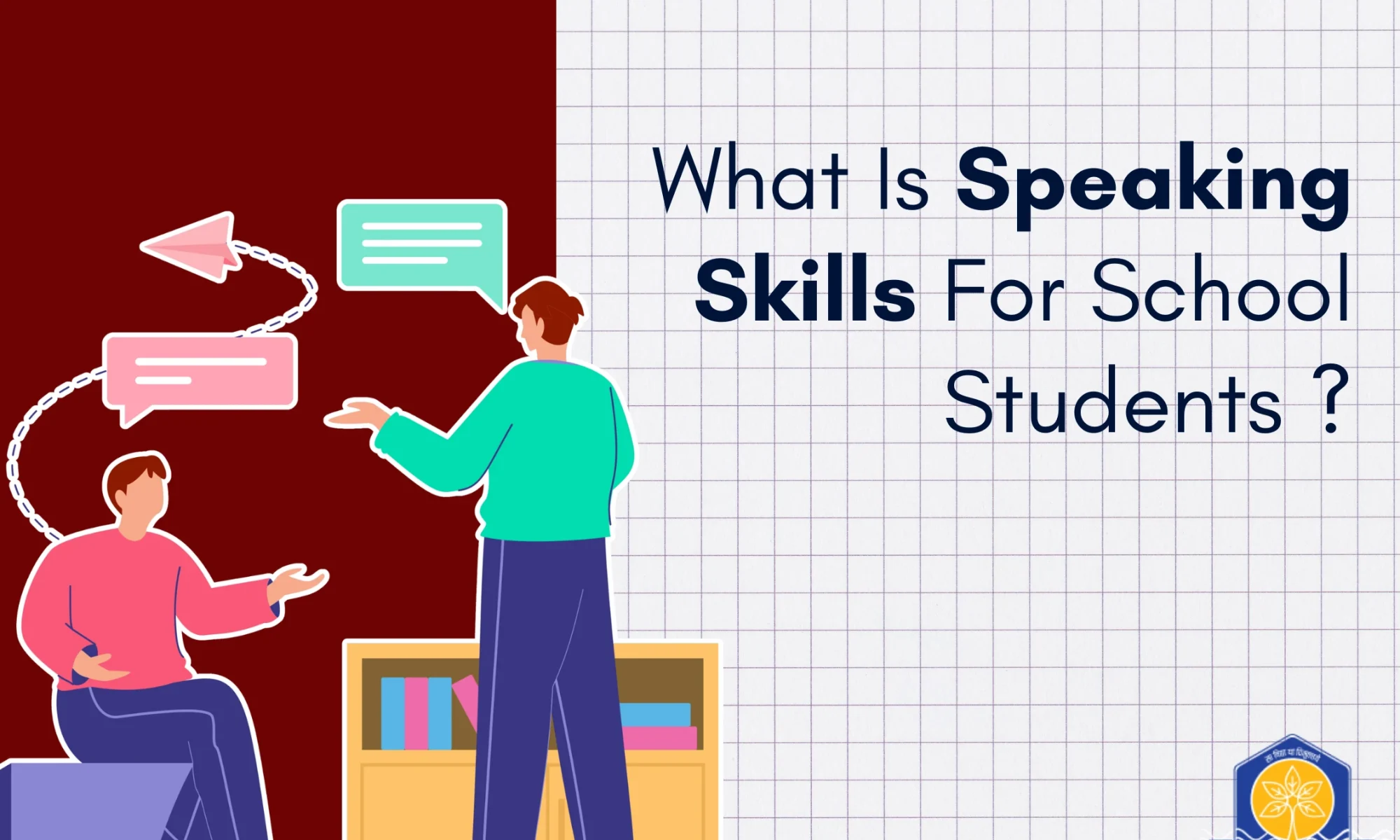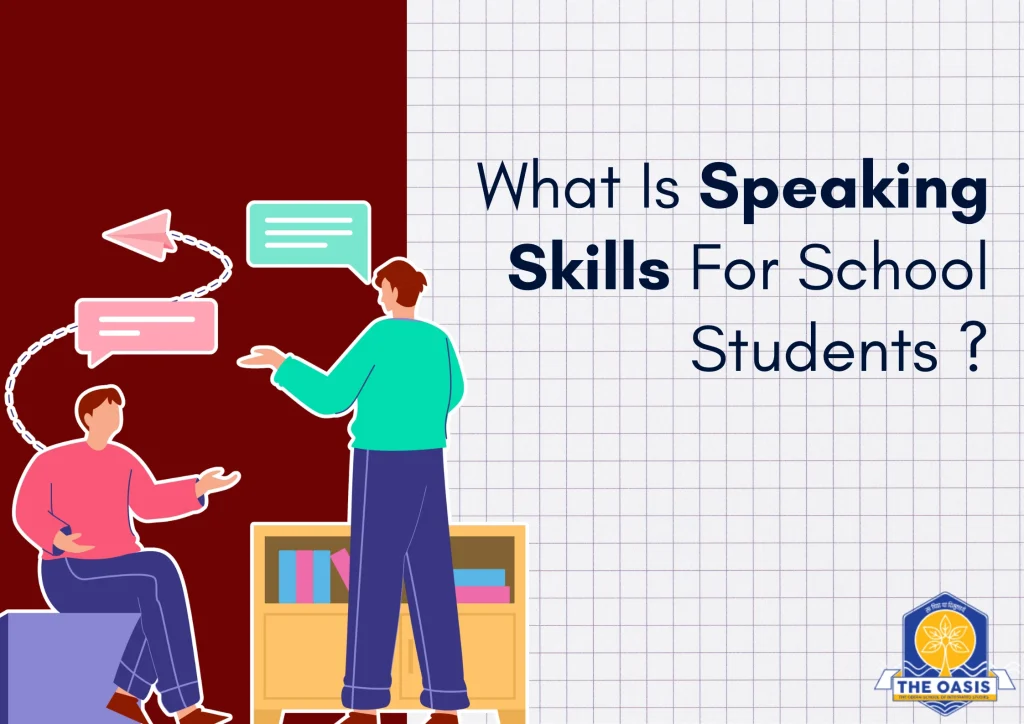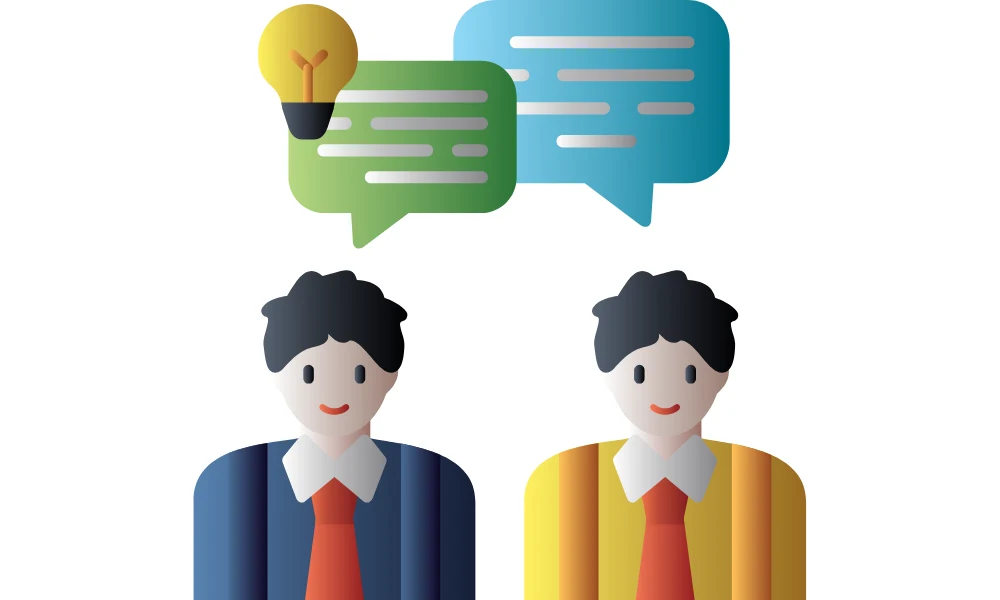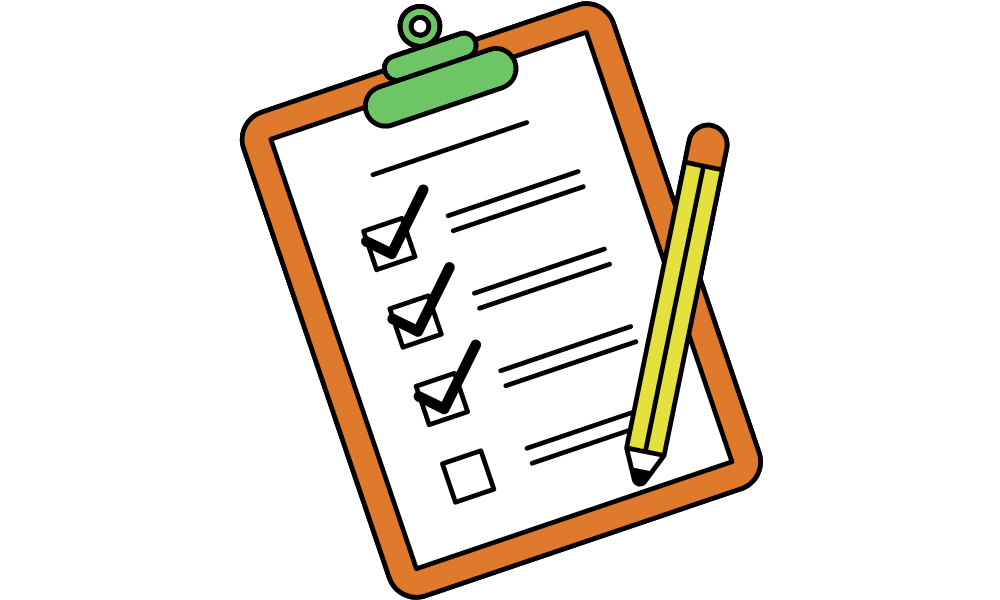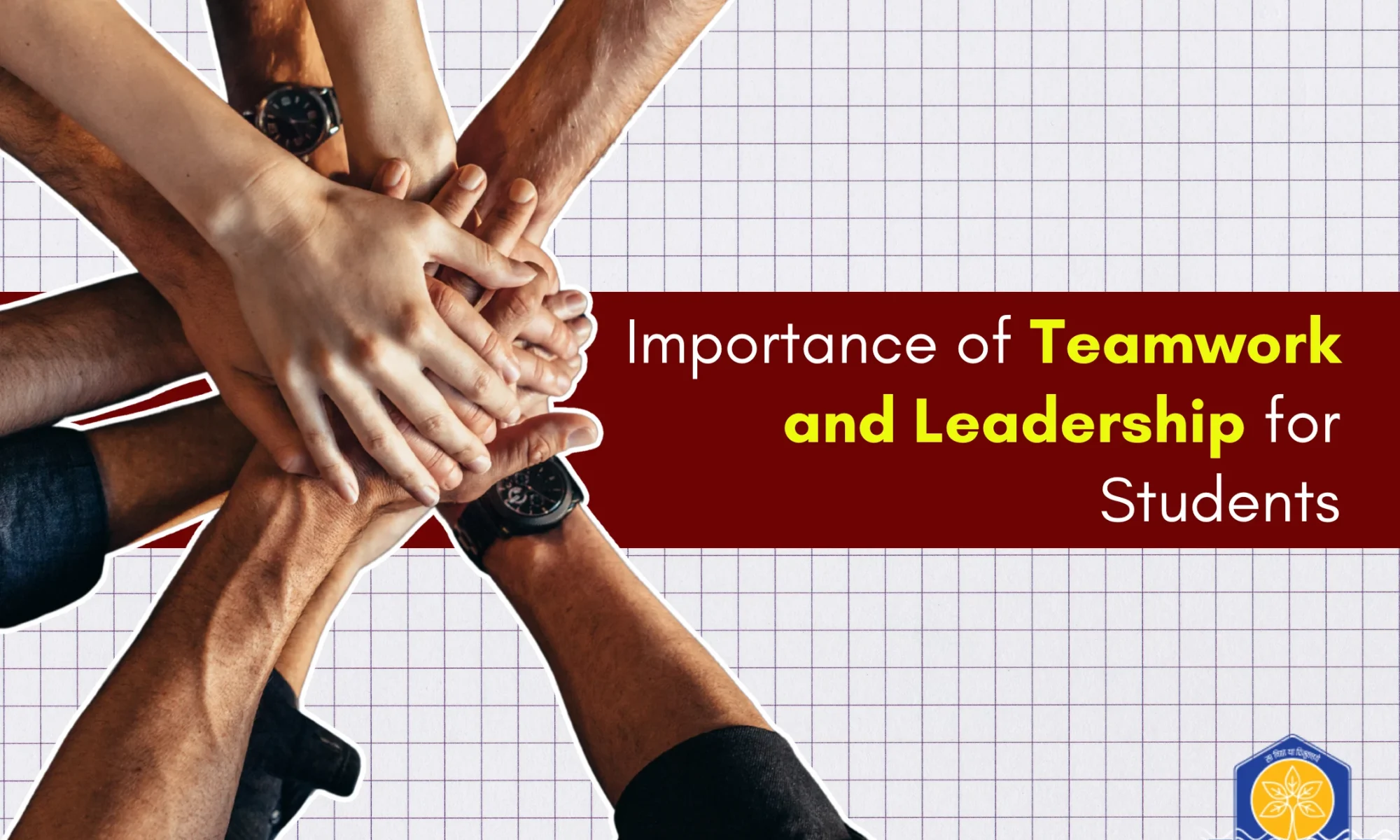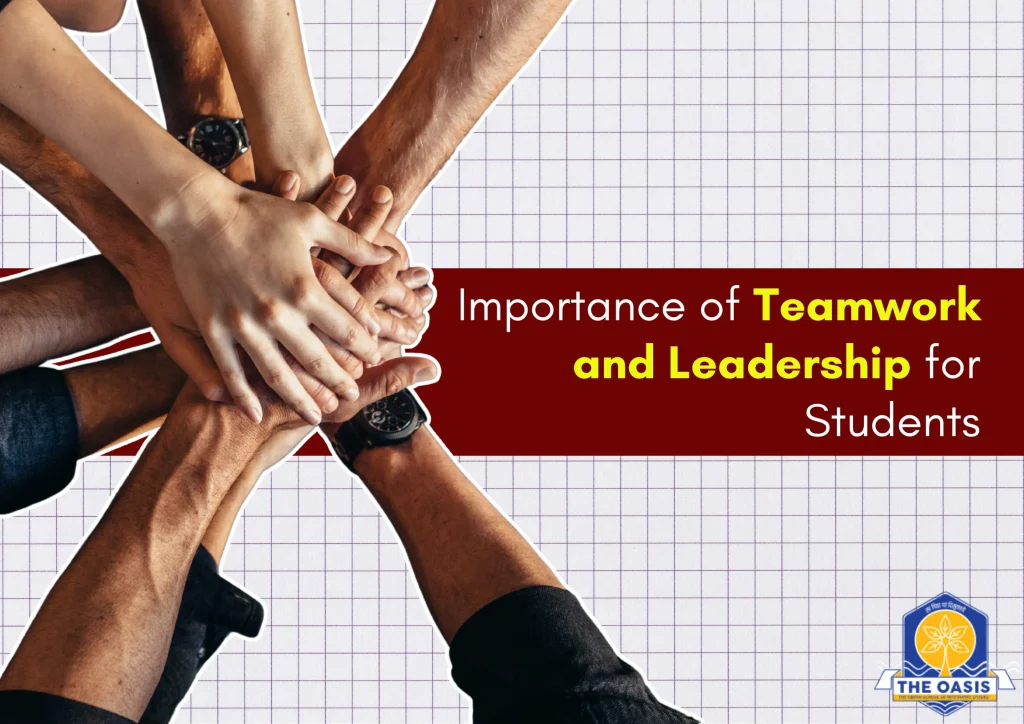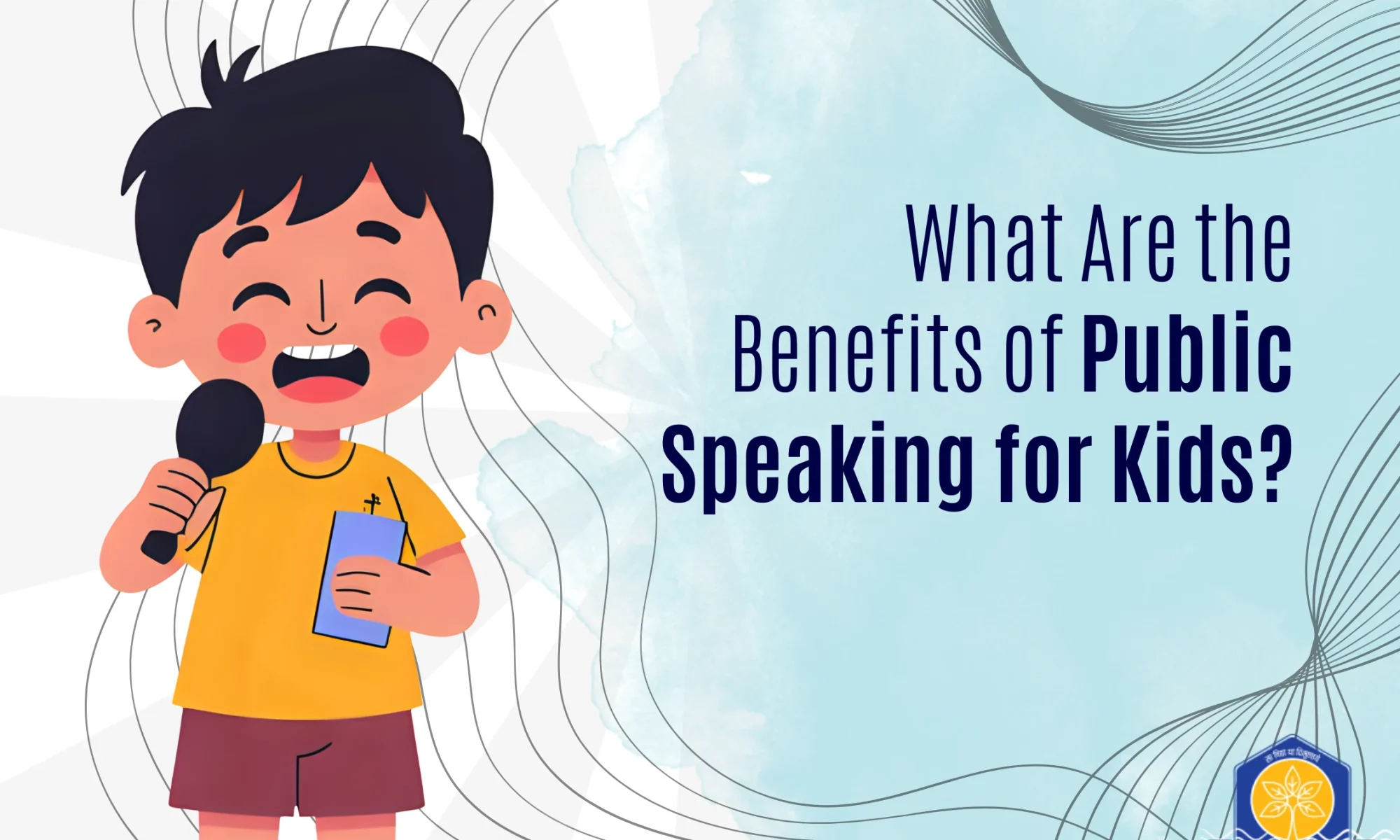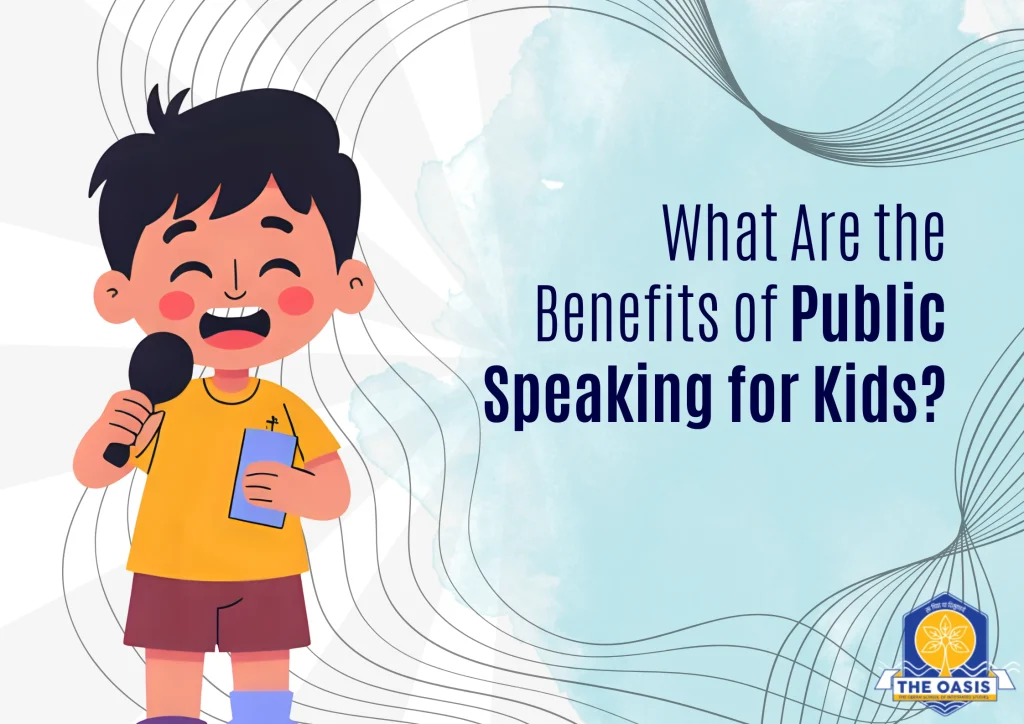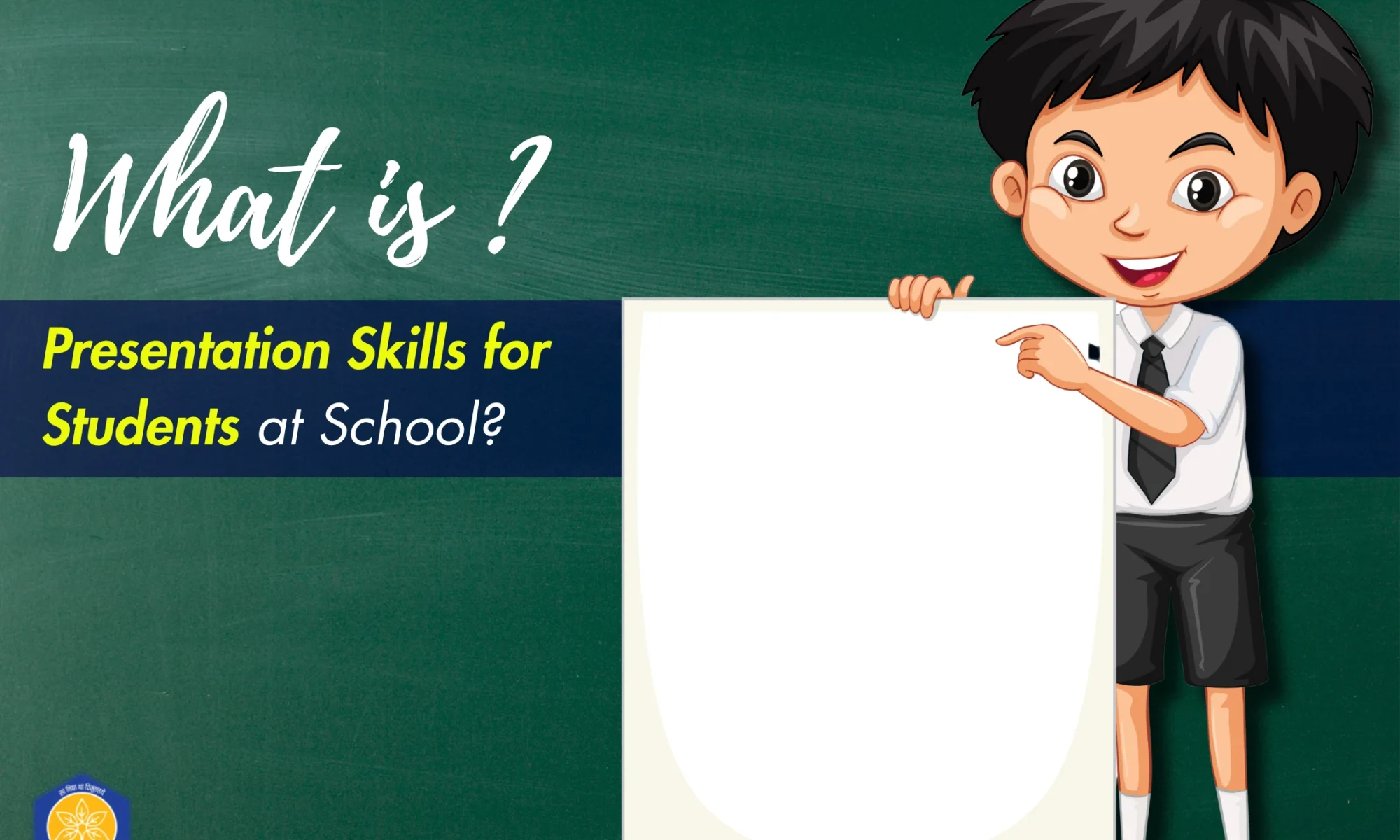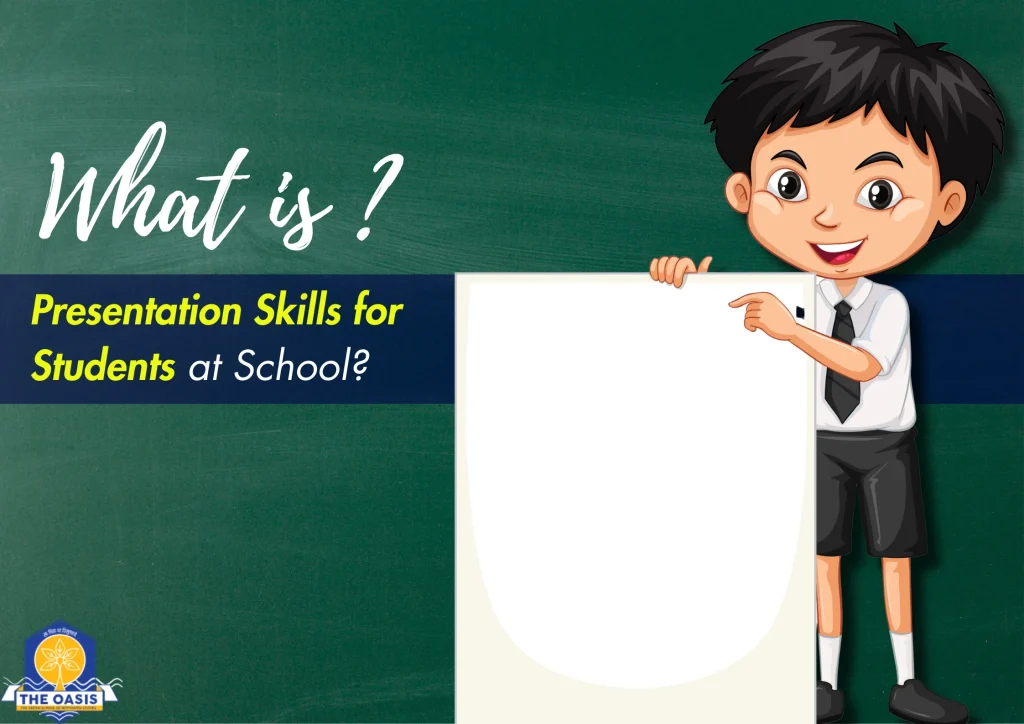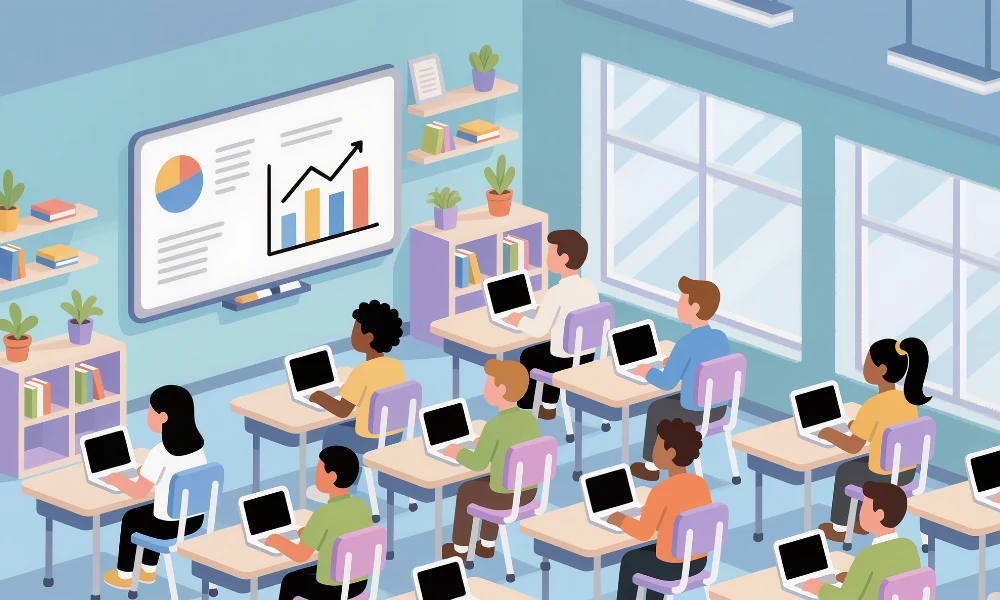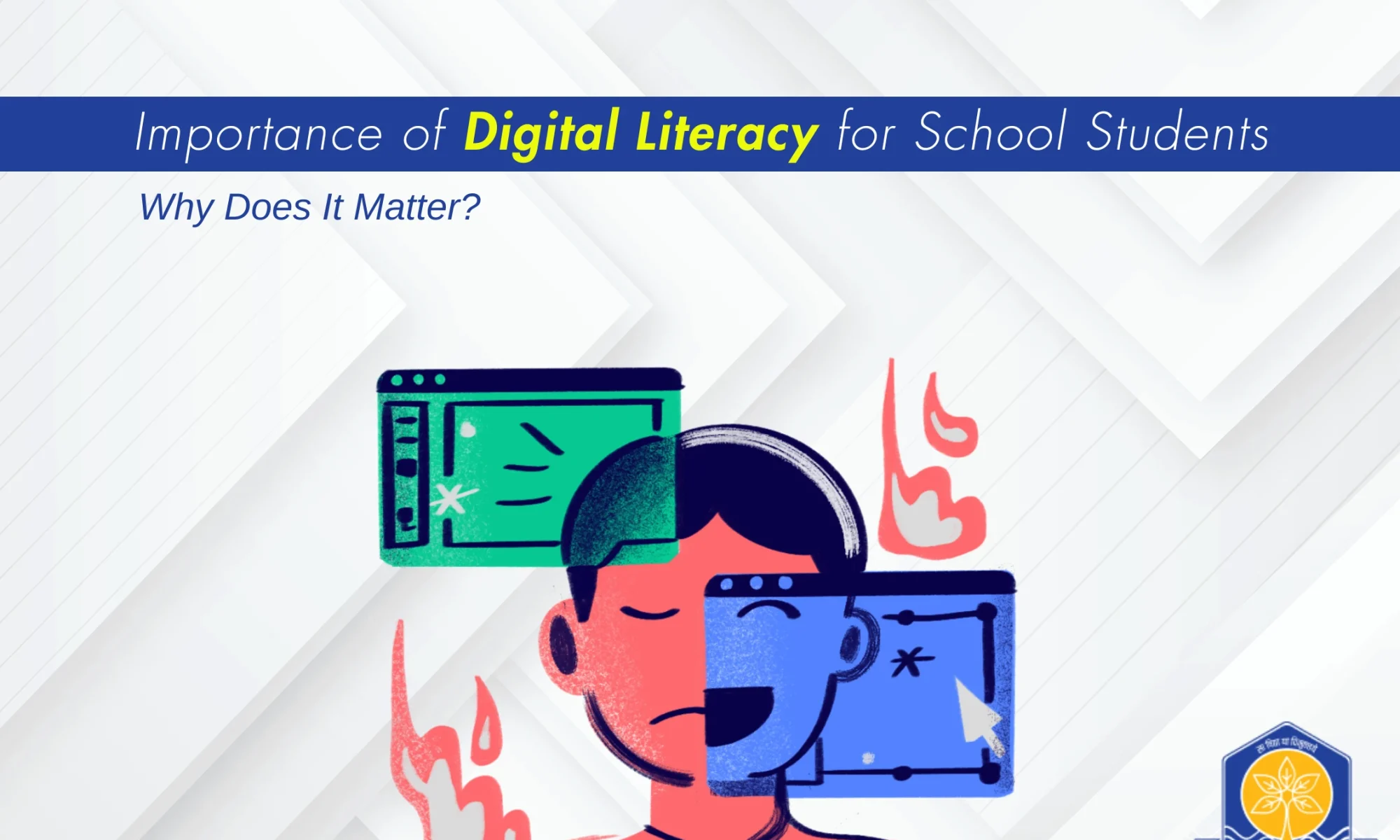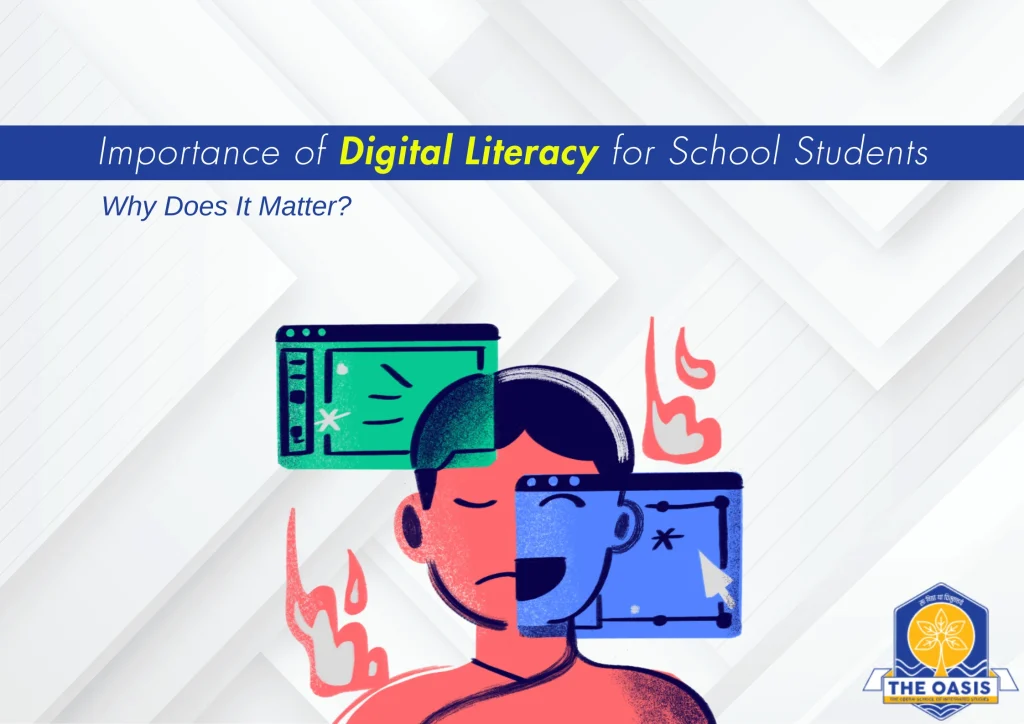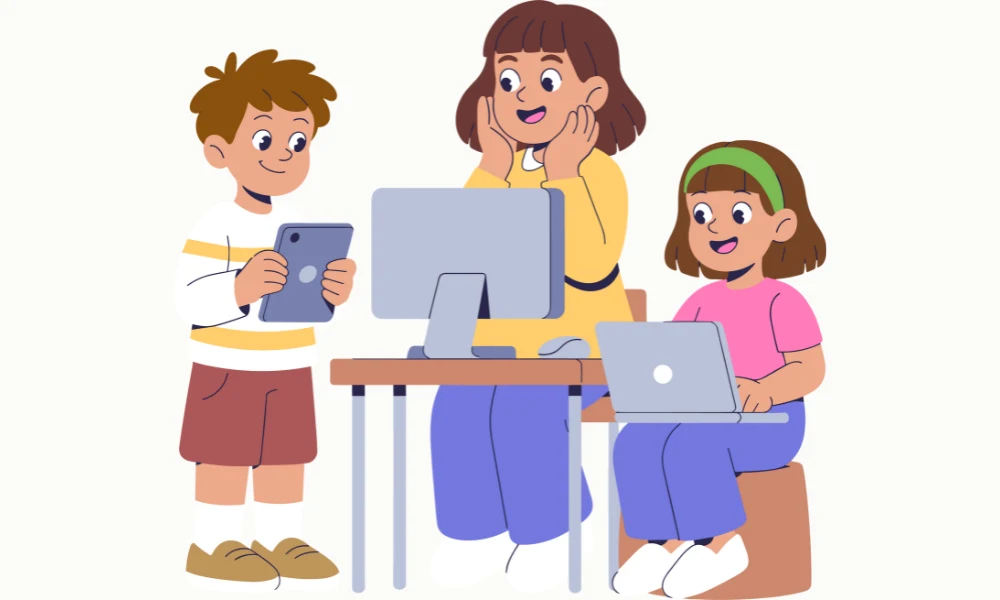
Imagine being able to connect with people across continents, access the world’s best education, and boost your career all through one skill. That’s the power of English. In today’s globalized world, mastering English is more than just learning a language it’s opening doors to opportunities.
From international universities to elite institutions like boys boarding schools in Dehradun, English remains the cornerstone of academic excellence and global communication. Here are the 10 benefits of learning English that make it one of the most valuable skills you can acquire.
The 10 benefits of learning English are:
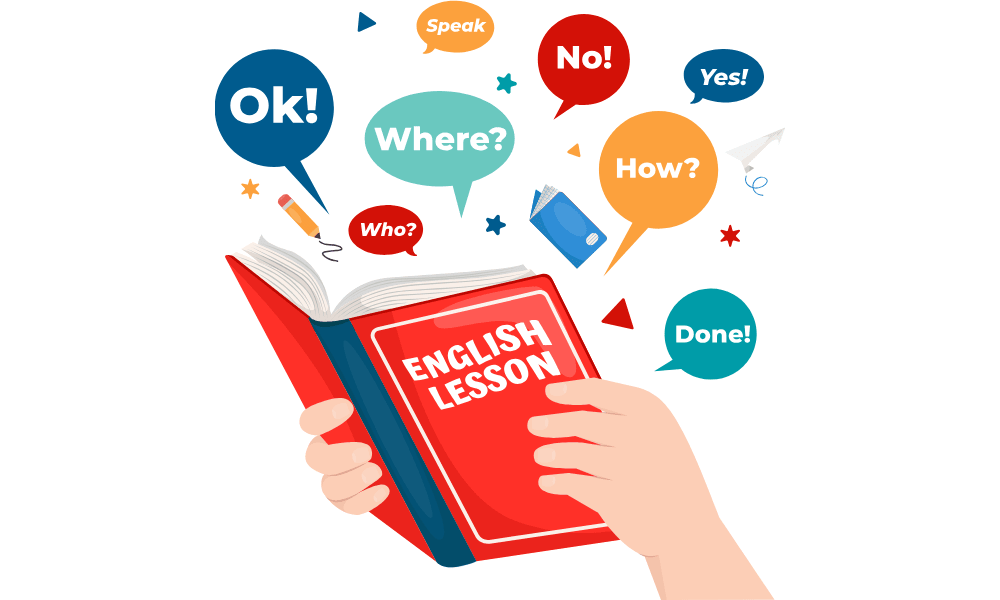
1. Global Communication
English is the most widely spoken second language in the world. Whether you’re traveling, studying abroad, or working internationally, English helps you communicate with ease.
2. Career Opportunities
Employers value English proficiency because it’s the language of business, trade, and technology. Knowing English can give you an edge in job interviews, promotions, and global career growth.
3. Access to Education
Top universities and online learning platforms use English as their primary medium. Learning English gives you access to scholarships, research, and world‑class education.
4. Internet and Digital Literacy
Over half of the internet’s content is in English. From coding tutorials to global news, English helps you stay updated and participate in the digital economy.
5. Confidence in Social Settings
Speaking English boosts self‑expression and confidence. It helps in interviews, presentations, and everyday conversations, making you feel more empowered.
6. Travel and Tourism
English is the common language in airports, hotels, and tourist destinations. It makes traveling smoother and helps you connect with locals and fellow travelers.
7. Cultural Understanding
English opens the door to literature, films, and music in their original form. You can enjoy Shakespeare, Hollywood movies, and global music without translation.
8. Personal Growth
Learning English sharpens memory, improves problem‑solving, and enhances cognitive skills. It’s not just about language, it’s about developing discipline and adaptability.
9. Networking and Global Friendships
Social media, professional platforms, and international communities thrive on the English language. It helps you build friendships and networks worldwide.
10. Lifelong Opportunities
English is a lifelong asset. From attending global conferences to freelancing online, it ensures language barriers never limit you.
Conclusion: English as a Gateway to the World
The 10 benefits of learning English go beyond academics, they shape your career, confidence, and personal growth. Whether you’re a student aiming for global education or a professional seeking international opportunities, English is the key to success. Start learning today, and let the language open doors to a brighter future.
Frequently Asked Questions (FAQs)
Ques 1. How does English help in career development?
Ans. English is the language of international business. It improves job prospects, helps in interviews, and opens doors to global roles.
Ques 2. What are the top 10 benefits of learning English?
Ans. The top benefits include global communication, career opportunities, access to education, internet literacy, confidence, travel ease, cultural understanding, personal growth, networking, and lifelong opportunities.
Ques 3. How does English support personal growth?
Ans. Learning English improves memory, problem-solving, and cognitive flexibility, contributing to overall personal development.
Ques 4. How does English improve communication skills?
Ans. It teaches clarity, structure, and vocabulary, which are essential for effective communication.
Ques 5. What is the best way to start learning English?
Ans. Begin with basic vocabulary, practice daily conversations, use apps, and engage with English media like books and videos.


